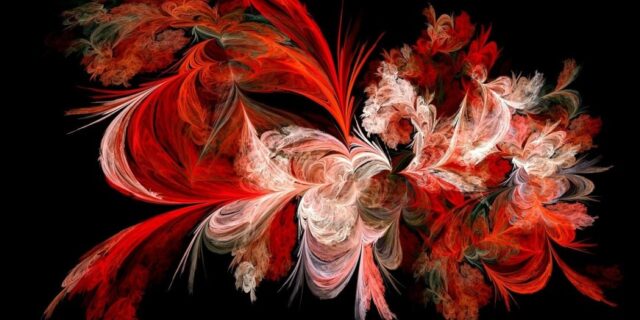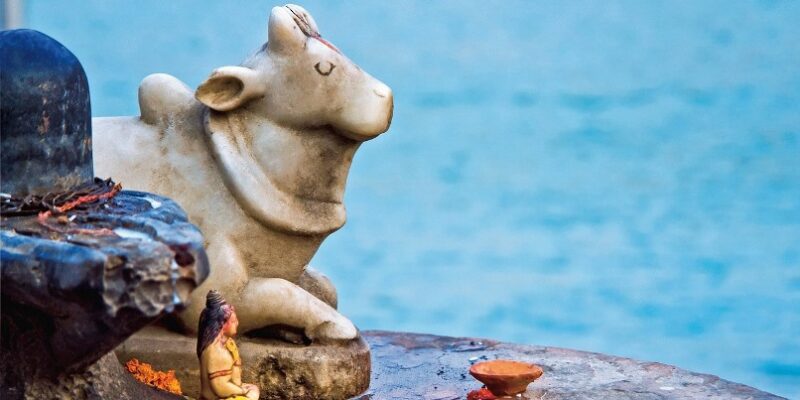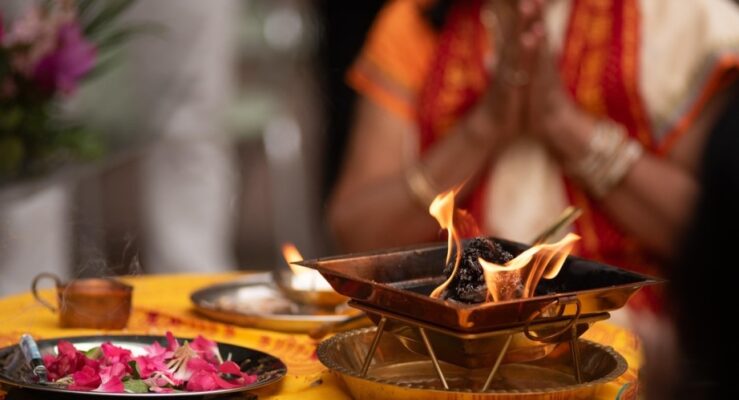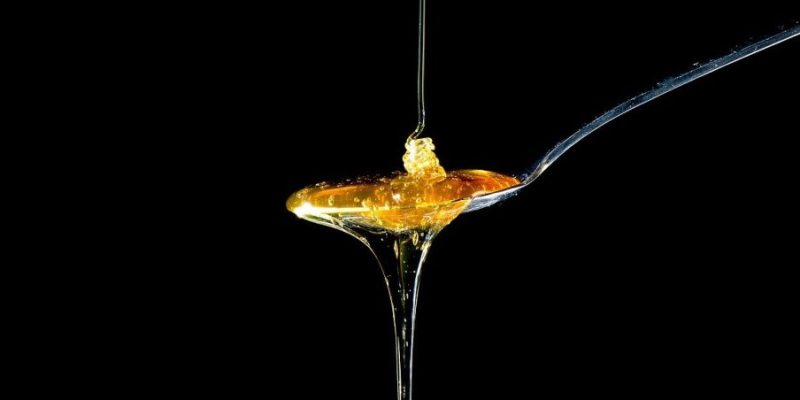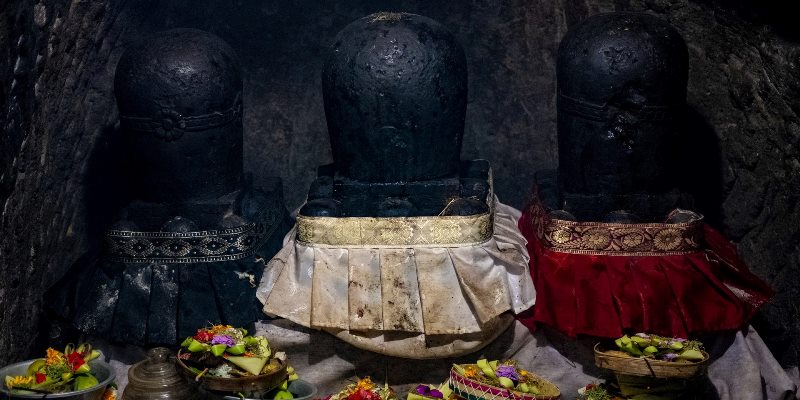
Within the Tantra and Neo-Tantra scene one may encounter the practice of Linga Worship or Lingam Worshiping. This practice is sometimes also called Lingam Honoring.

The Lingam often immediately brings about associations with the penis, but Lingam Worship is really not about worshiping the actual penis. Nevertheless, “embodied worship,” thus factually honoring and caressing the “live” penis may be part of a Lingam Worshiping ceremony.
What is factually honored is the symbolic representation of the Hindu God Shiva in Shaivism (a major spiritual tradition in Hinduism), also encountered as a practice in several Tantric Shaivism and Buddhist Tantric traditions. In India, you will usually see the Lingam represented as a phallic shaped object in Hindu temples and shrines, but representations of the Lingam are also found in Nepal and Sri Lanka, and in many Southeast Asian countries.
The Lingam — also called Shiva Linga — is a masculine power as opposed to feminine powers represented by the Yoni, and points to the supreme deity Shiva as the universal generative power, the “cosmic pillar,” a representation of un-caused existence, all-pervasive being, beginning-less and endless, destroyer and creator at the cosmic, universal level.
Nevertheless, you will seldom see the Lingam depicted alone. It’s most likely placed standing right-up in a container which represents the Yoni. The Yoni and Lingam depict the union of supreme male and female energies, the powers that together have created this universe.
Lingams can be made of a variety of materials, such as stones, ruby, quartz, emerald, mud, raw-rice, river sand, cowdung, butter, gold, silver, copper, and brass, among others. Lingam objects can be small, fitting in the palm of a hand, or huge, being statues of meters tall in temples, or placed on top of temple buildings and palaces.

The practice of Lingam Worshiping is to carry out devotional activities (often in a temple or at holy places, such as rivers, mountains, and the like) to honor Shiva and his universal creative energy, strength, and power. This is carried out by, for instance, doing pujas and mantras, taking ritual baths or drugs, chanting verses and hymns, by meditation, sexual intercourse, dance, and by applying bandhas and mudras.
On a more hands-on “penile level” it can also mean the act or process of sexual un-shaming or learning to respect the male genital organs by giving them proper care and love. This more down-to-earth Linga Worshiping practice may be wholesome for men who suffer from a suppressed or repressed sexuality.
On the whole, Lingam Honoring or Worshiping has an explicit goal of reconnecting with one’s true sacred manhood to attain spiritual and creative liberation and realization, which in embodied Tantra practices may also be done in conjunction with emotional and physical sexual de-armoring practices.








